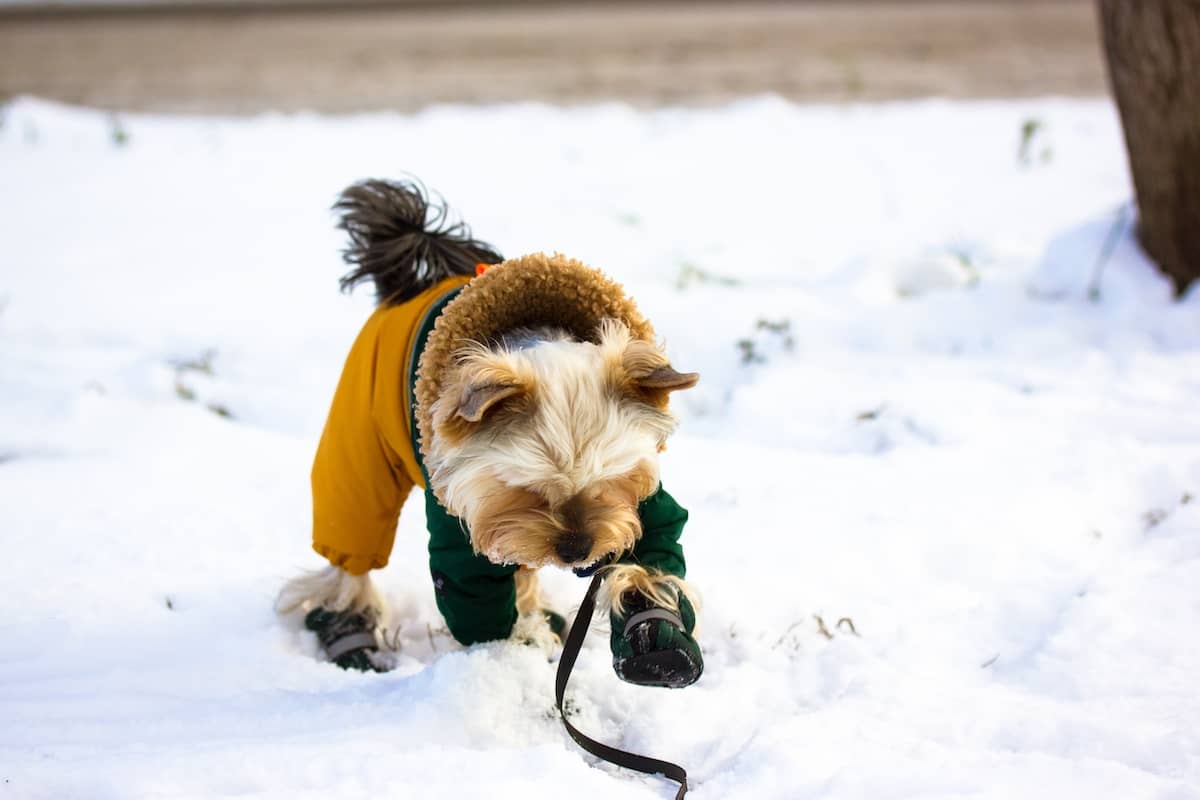With clocks changing, days are getting significantly shorter and sunshine is becoming a rare occurrence. The upcoming months are usually a time of the year where people can experience Seasonal Affective Disorder (SAD). But can dogs get SAD, too?
Eager to provide dog owners with more information on the topic, experts at Puppy Hero outlined all of the potential SAD symptoms dog owners should look out for as well as useful tips on the best ways to help their pet.
Five Signs Your Dog Might Have SAD:
- Being lethargic or sleeping more than usual could be a potential sign your dog has SAD.
- Expressing little to no desire to play games they otherwise love, exercise or go for a walk.
- Unusual behaviour changes, such as misbehaving, enhanced irritability or aggression.
- Changes in appetite – not wanting to eat or eating more than they usually do.
- Inability to sleep well, seeming constantly restless or sad.
Read More: Signs of Cold in Dogs and How to Keep Your Dog Warm in Winter
How To Help Your Dog Out

1. Spend time analysing your dog’s behaviour
Analysing your dog’s behaviour will help you get a better understanding of if they may be feeling sad. Sometimes a change in their usual routine or their environment could result in your dog feeling unwell for quite a while. Knowing what to expect throughout the day and feeling comfortable in their surroundings is very important for a dog.
2. Make sure your dog gets enough exercise throughout the day
The winter months are colder and darker, and it might be tempting to skip an exercise or a walk outside, but much like humans, this can have a significant effect on your dog’s mood. Even a short walk can help improve your dog’s mood and also your own.
3. Ensure enough light (or ideally, sunshine) exposure
As with humans, the lack of light during the winter can cause lower mood levels, so it is very important for your dog to get as much light exposure as possible. Whenever possible, take your dog outside for a walk or trial out tactics such as moving their bed closer to a window, or even use more artificial lighting.
4. Interact with your dog as much as you can
Even when you’re inside, make sure to spend time playing or training your dog. Try to come up with new games that require you to interact with your dog, as this is a great way to get your pet excited and boost their mood, and yours, too.
Liz Clifton, a rescue dog rehabilitator, shares useful insight on how to help your dog if it has SAD:
“Always seek veterinary advice first for any possible diagnoses. When you speak to them make sure that you share your observations of your animals’ change in behaviour.”
“Support your dog(s) by offering them a variety of ways to help them naturally relax, release their built up emotions or tension and lower their base stress levels. Dogs instinctively release stress through chewing, sniffing, licking, sleeping, gentle shake offs, other movements, digging and yawning.”
“Make sure that you introduce any new activities and items slowly when they are relaxed. This will avoid them associating new unknown items with fearful triggers that would instead add to any stress rather than releasing it.”
“So here are some great activities to offer them:
- Snuffle mat: you can purchase these or make one yourself with a pet safe rubber mat and pet safe material strips. You can scatter healthy treats which your dog can sniff out.
- Digging box appropriate to their size: this could be a pet safe cardboard box filled with pet safe shredded bedding that you can hide some healthy treats, chews or toys in.
- Enjoy relaxing music, meditations or Animal Reiki together to help you relax, calm, release any stresses and rebalance your emotions together.”






